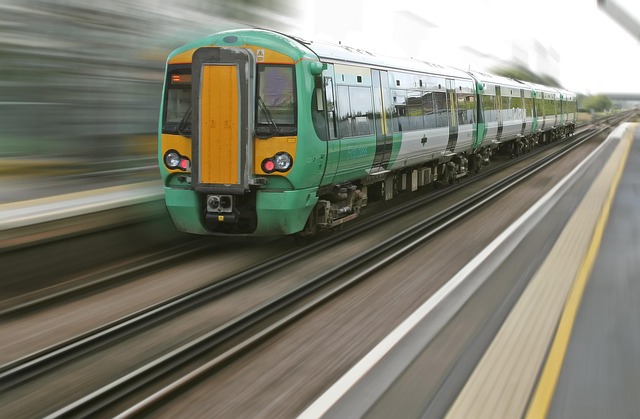In today's fast-paced world, modern commuters seek properties near public transportation hubs for reduced travel time and improved lifestyle quality. Real estate developers are responding with innovative mixed-use developments that integrate living, working, and leisure spaces close to transit nodes, catering to the growing demand for convenience and accessibility in urban areas. This trend is reshaping the real estate landscape, fostering vibrant communities that prioritize accessibility over traditional distance-based living.
In today’s fast-paced world, the appeal of real estate goes beyond mere aesthetics. Commuters are no longer satisfied with convenient locations—they demand seamless integration with their daily routines. The changing landscape of commuter needs is reshaping the real estate market, with a growing emphasis on accessibility and convenience. From strategic location near transportation hubs to innovative design that optimizes commuting, developers must adapt to meet the evolving expectations of modern commuters. This article explores these trends and provides insights into creating communities that cater to the busy lives of today’s residents.
The Changing Landscape of Commuter Needs

In today’s fast-paced world, the needs of commuters are evolving, reflecting a changing landscape in real estate. The modern commuter is not just looking for a place to live; they seek convenience and accessibility that streamline their daily routines. This shift is driven by the increasing demand for locations that offer easy access to public transportation hubs, reducing travel time and easing the strain of long commutes.
Real estate developers are taking notice, reevaluating traditional concepts of residential and commercial spaces. The focus is shifting towards creating mixed-use developments that seamlessly integrate living, working, and leisure areas, all within close proximity to transit nodes. This approach not only caters to the practical needs of commuters but also fosters a sense of community and enhances overall quality of life.
– Explore the evolving expectations of modern commuters

Modern commuters today have evolved expectations, driven by the fast-paced nature of contemporary life. They seek convenience and efficiency in their daily commutes, reflecting a broader trend in real estate preferences. This shift is evident in the growing demand for properties located in or near urban centers, offering easy access to public transportation hubs. Commuters value the ability to seamlessly transition from home to work without navigating crowded roads or dealing with parking woes.
This new reality has prompted developers and urban planners to rethink traditional real estate offerings. The concept of mixed-use developments, integrating residential spaces with commercial and retail areas, is gaining traction. Such projects cater to the modern commuter’s desire for a streamlined lifestyle, allowing them to live, work, and access amenities all within a short distance. This evolution in real estate reflects a broader societal change, where convenience and connectivity are paramount for today’s on-the-go commuters.
– Highlight the increasing demand for convenience and accessibility in real estate

In today’s fast-paced world, the demand for real estate that caters to commuters seeking convenience and accessibility has never been higher. Folks are looking for properties that minimize their daily commute, offering proximity to work, public transport hubs, and essential amenities. This shift in preference is a testament to how much our lifestyles have evolved, with convenience becoming a paramount concern for many. As a result, real estate developers are increasingly embracing this trend by designing residential projects that seamlessly integrate with transportation networks and urban infrastructure.
The allure of convenient commuting options extends beyond saving time; it also contributes to enhanced lifestyle quality. Commuters who live close to their workplaces or transport corridors can expect reduced stress levels, more time for leisure activities, and better overall well-being. This changing dynamic in the real estate market is a game-changer, reshaping urban landscapes and fostering vibrant communities that prioritize accessibility and convenience over traditional notions of distance and separation.






